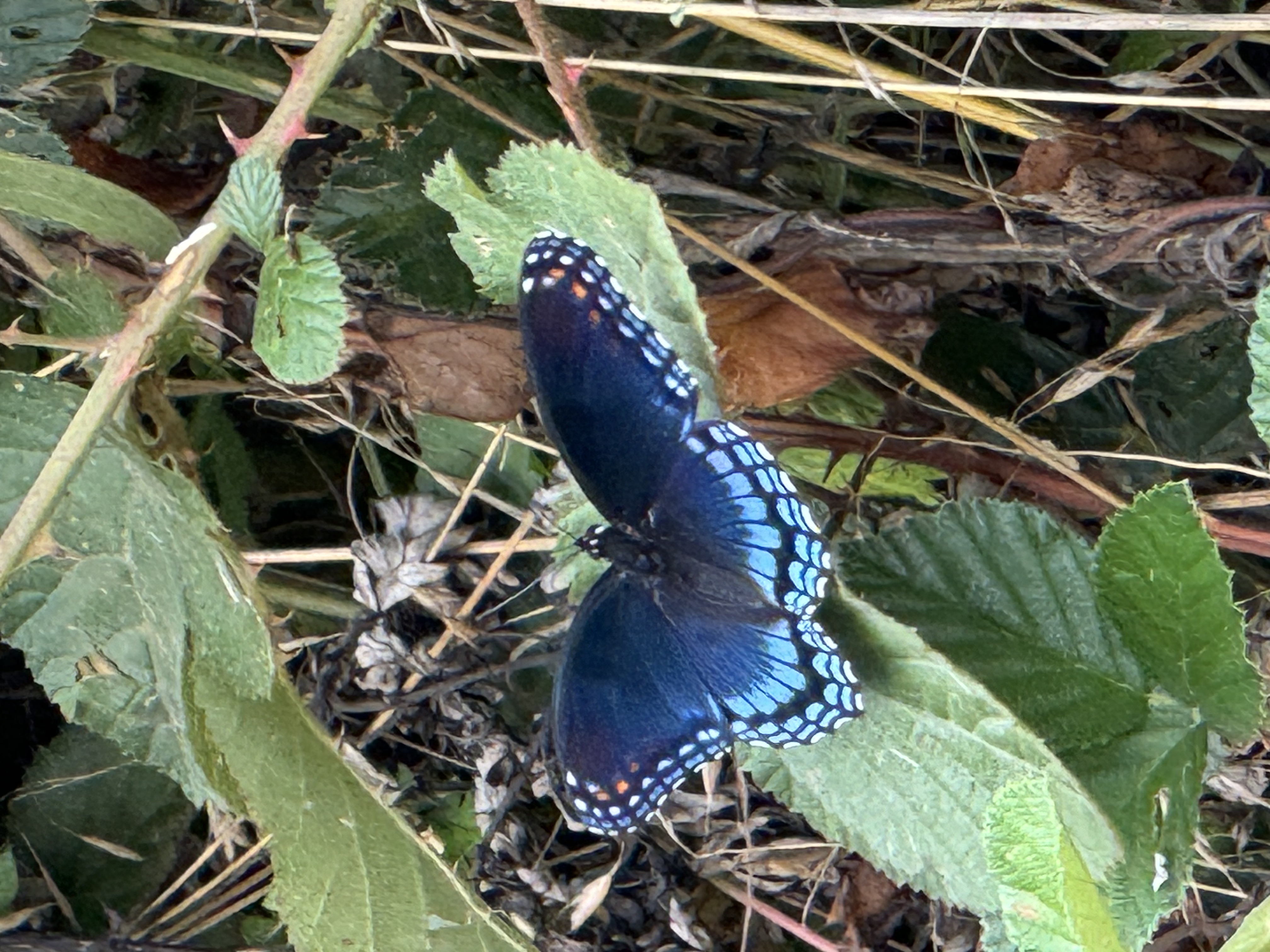Research assistant Sydney Worrell takes notes at one of 19 informational panels at the Turning Point Suffragist Memorial, as fact check before a book publication.
Encompassing hundreds of acres in south Fairfax County, the Workhouse Arts Center and Laurel Hill Park in Lorton now occupy land that was once the District of Columbia Workhouse and Reformatory.
The Workhouse was known historically as the Occoquan Workhouse because of its proximity to the river. During its reformatory years beginning in 1910, it operated without walls to house those charged with less serious crimes in D.C,, such as public drunkenness. In later years, as the Occoquan Prison, stronger security measures were added for its role in housing those with more serious offenses, until the prison closed in 2001. Several prison buildings and its land are repurposed today to provide housing, entertainment, and recreational use. Historic buildings of the prison era, preserved under the National Register of Historic Places, still can be seen.

Today the Workhouse Arts Center provides an innovative collaboration of the arts, including art galleries, classes, theater, music performances, the Lucy Burns history museum, lectures, and community events. Free events include Second Saturday Art Walks with tours of the campus explaining past building use, and the Learning at Lunch lecture series with speakers on historic topics. Ticketed performances include seasonal ones, such as the “Haunt - Twisted Tales of Terror,” running Oct. 4 to Nov. 2; and “Dracula - A Comedy of Terror” running now through Oct. 27.
For a list of all events and times, see https://www.workhousearts.org.
Recently opened on the Arts Center quad is the Bunnyman Brewery Cafe, offering micro brews and food. The location here moves the brewery closer to the origins of its urban naming myth about the escaped bunnyman. The Brewery is hosting an Oktoberfest celebration on Sept. 28 with a polka band and German fare.
Of particular significance to history, in November 1917, the Workhouse held several imprisoned suffragists, known as the Silent Sentinels, for engaging in the first ever picketing of the White House. In the “night of terror” the women were subjected to psychological intimidation and physical violence. The women were force fed in an attempt to end their hunger strike. That harsh treatment helped turn public opinion about the right of women to vote, leading to the passing of the 19th Amendment, guaranteeing the right in August 1920. The Turning Point Suffragist Memorial is located near the site of women’s incarceration, on the grounds of the Occoquan Regional Park.
The prison complex in its reformatory years, following 1910 land acquisition, was designed by architects Snowden Ashford and Albert Harris. They used the Colonial Revival style popular in America during the early twentieth century. The style was used to recall the values of the nation’s founders, and in this case, contributing to the reformatory nature of the prison’s philosophy. As described in the National Historic Register, “the metal roofs of the octagonal towers are designed with deeply concave facets that resemble tent fabric. Architecturally, they resemble medieval forms such as decorative fabric pavilions used at outdoor equestrian events in the Middle Ages, as well as the tower forms of some Northern European castles. The allusion creates an ambiguous appearance: a highly controlled enclosure that also has some architectural resemblance to highly-romanticized cultural icons in other parts of the world. The aesthetic design of the towers is just bold enough that the searchlights and other accoutrements added to monitor prisoners are much less obvious than those on the other
towers throughout the prison grounds.”
Inmates manufactured the bricks used in most of the buildings on the site, using material extracted from the Occoquan River. The dominating high brick wall and guard towers still stand elegantly near the reformatory’s baseball diamond. The field was the site of complimentary shows for the inmates by many famous performers of the time, including Count Basie, Ella Fitzgerald, Louis Armstrong, Frank Sinatra and Ray Charles.
Some of the prison complex, including its buildings, have been converted to private housing and shops in the Liberty area. The remainder of the property is devoted to the 804 acre Laurel Hill Park. The park is used for a variety of recreational activities including, disc golf, equestrian ring, walking, mountain biking, and hosts an innovative children's playground. The park is home to native plants and animals. County forest and meadow restoration is ongoing in the park. Volunteer efforts contribute to managing invasive plants, increasing Osprey nesting sites, and maintain a native plant pollinator garden. A rest facility is now open on the park’s Central Green.
Visitors can enter the park at entrances at Snowden Ashford Drive, Furnace Road, or at the intersection of Workhouse and Lorton Roads.
